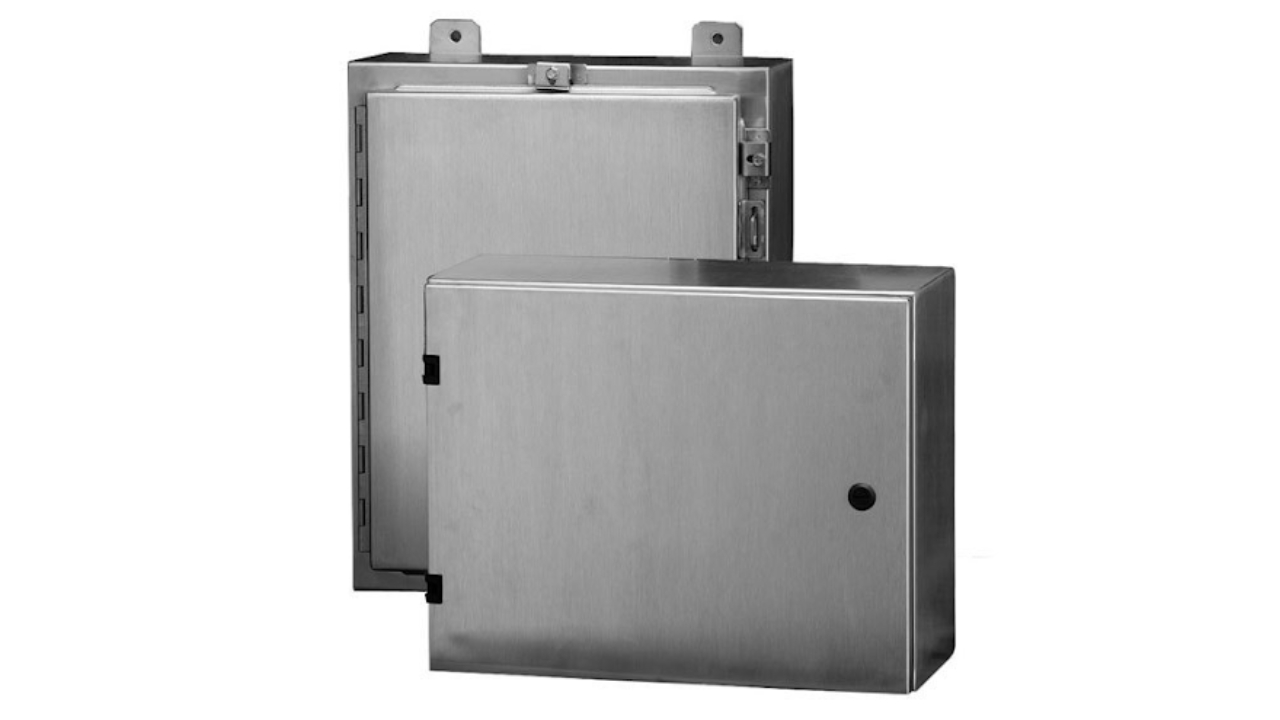While choosing enclosures for industrial applications, NEMA 4X is something you may come across and then ask yourself “Is NEMA 4X Explosion proof? NEMA 4X offers high water protection, resistance to corrosion and durability.
However, regarding hazardous areas having dust or flammable gases, being explosion proof is a whole different idea. Here, we’ll consider what NEMA 4X is, what it offers and if it is explosion proof or not?
What is NEMA 4X?
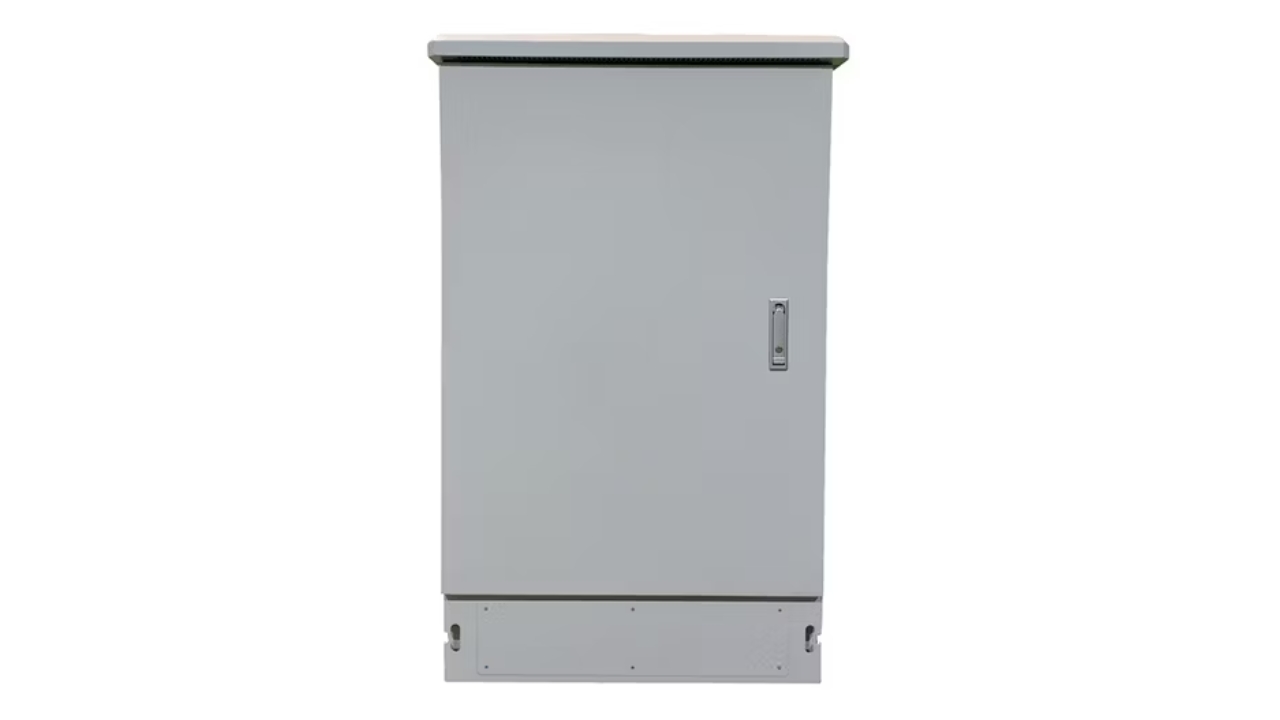
NEMA 4X rating describes the level of protection an electrical enclosure should have against water, water, and extreme weather conditions. Electrical enclosures with NEMA 4X rating shield electrical equipment from ice formation, corrosion, rain, and water spray. Due to the level of their resistance moisture, you can use these enclosures in industrial and marine applications.
What Does Explosion-Proof Mean?
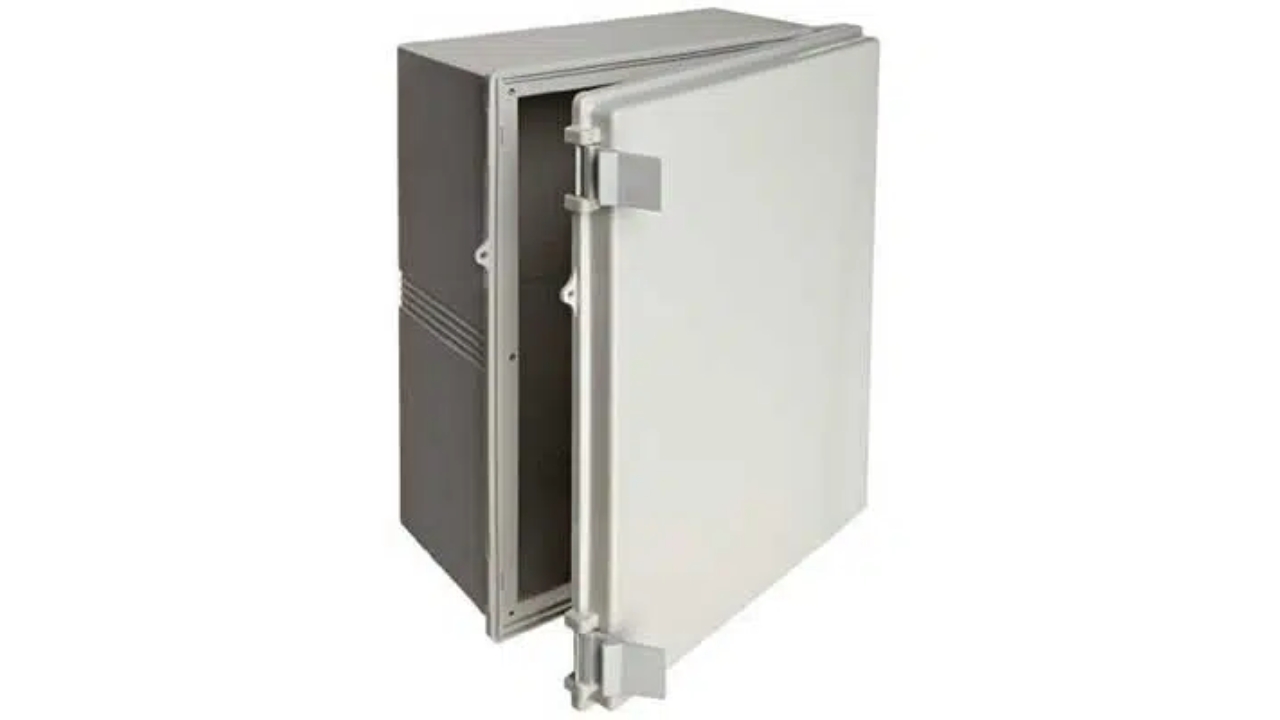
When an electrical enclosure is explosion-proof, this means it can prevent electrical sparks from causing flammable vapors or gas in the environment. In the event of an internal explosion, an ex-proof enclosure contains the explosion and prevents flammable substances from spreading in the environment.
There are certain standards explosion-proof electrical enclosures must comply with. This includes National Fire Protection Association (NFPA) standards and location classifications set by organizations like ATEX and NEC. Explosion-proof enclosures must feature:
- Secure sealing mechanism that doesn’t release heat or sparks
- Heavy-duty materials that can resist internal explosions. These materials include stainless and cast aluminum.
- Flame paths that prevent external flammable substances from igniting and cools down released gases.
Does NEMA 4X have Explosion-Proof Capabilities?
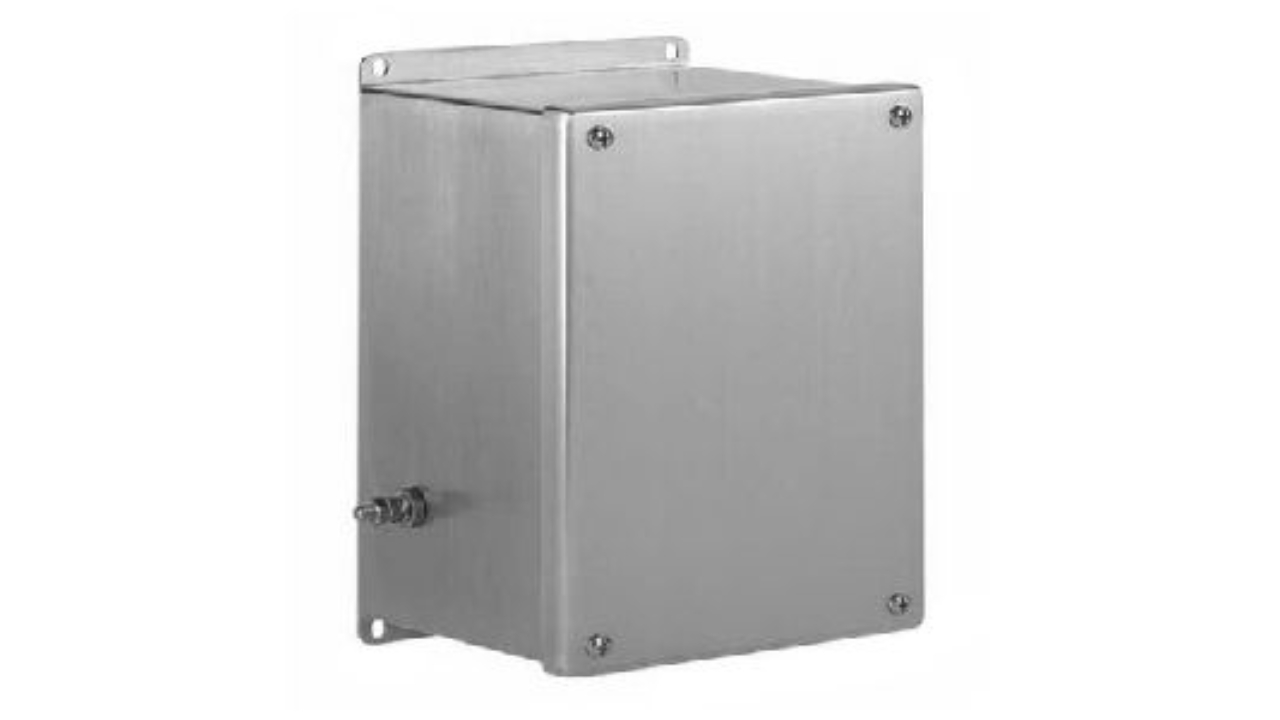
NEMA 4X enclosures prevent water, corrosion, and dust from damaging electrical equipment. These enclosures protect electrical equipment against harsh weather conditions. They do not have explosion-proof capabilities because they feature;
No flame paths
Flame paths are an essential part of an explosion-proof enclosure because they act as a coolant and help to discharge gases released from the enclosure. This action helps in preventing external flammable substances from igniting.
NEMA 4X enclosures are not ideal for explosion-prone areas because they don’t feature flame paths.
No explosion containment
An explosion-proof enclosure must be able to contain internal explosions and prevent them from spreading to the environment. In the event of any explosion, this enclosure must ensure no ignition happens outside. NEMA 4X enclosures can’t perform this function. For instance, if there is an electrical spark in a NEMA 4X enclosure, this could lead to ignition of flammable vapors or gases which could cause extreme damage.
No heavy-duty materials
NEMA 4X enclosures offer protection against corrosion and harsh weather conditions, they don’t feature heavy-duty materials. Common materials used in their construction include fiberglass or stainless steel. These materials don’t have what it takes to contain an explosion. Materials such as cast aluminum high-quality steel contribute to the structural design of explosion-proof enclosures.
No hazardous location certification
All explosion-proof enclosures must comply with certain standards and certification to ensure safety. These standards include National Electrical Code (NEC) Class I, Division 1 explosion-proof standards. NEMA 4X enclosures don’t have these certifications since they are not explosion-proof.
Can’t prevent ignition
Asides from containing internal explosion, an explosion -proof enclosure must prevent hazardous gases from igniting. These enclosures have seals that secure electrical wiring and components and protect them against sparks. Although NEMA 4X enclosures have protective seals against environmental factors, they don’t have seals that can prevent ignition. Therefore, you shouldn’t use them in hazardous areas.
Alternative Options to Explosion-proof Enclosures
If your application requires you to use explosion-proof enclosures, NEMA 7 enclosures are a suitable option. These enclosures are ideal for hazardous environments or pressurized systems. NEMA 7 enclosures are specially built to prevent the buildup and ignition of flammable gases. Although NEMA 4X offers protection against corrosion, water, and harsh weather conditions, they aren’t suitable for use in dangerous settings.
Main Differences Between NEMA 4X and Explosion-Proof Enclosures
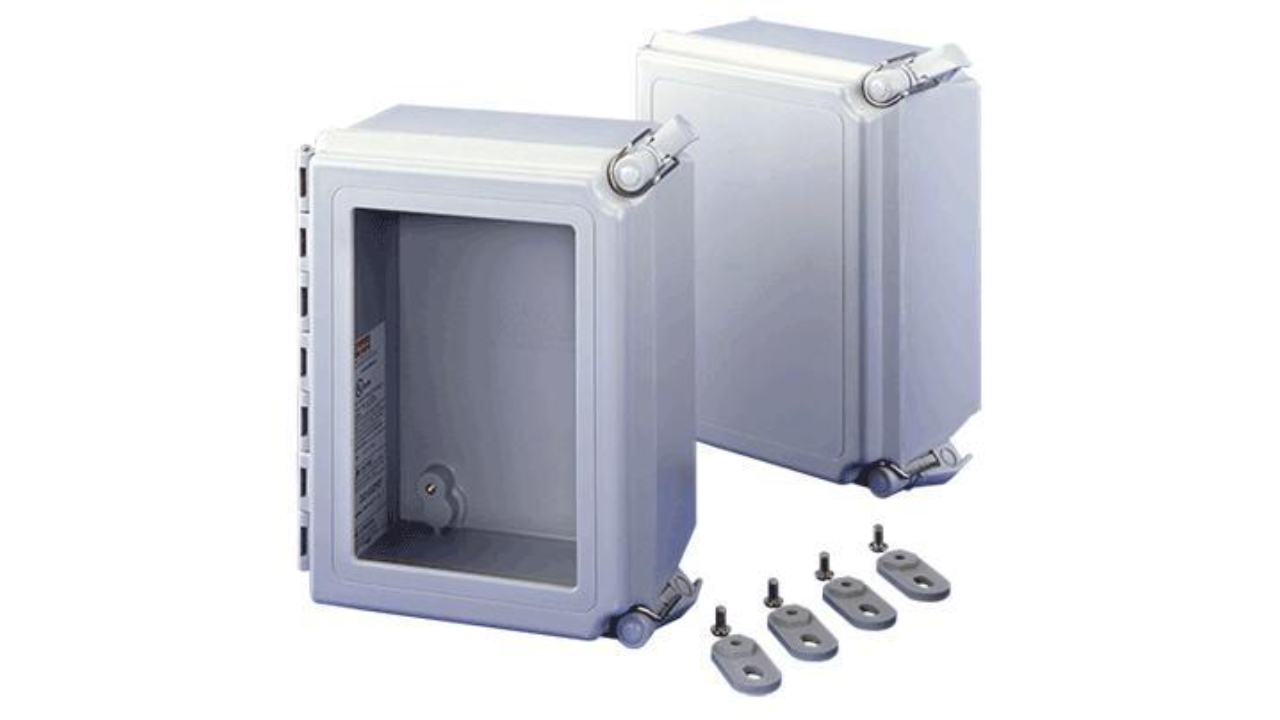
In this section, we would discuss the main differences between NEMA 4X and explosion-proof enclosures. NEMA 4X and explosion-proof enclosures differ based on the type of protection they offer and their applications.
Type of protection
The type of protection each enclosure offers is the most significant factor that differentiates them. NEMA 4X enclosures help you protect your electrical equipment against water ingress, corrosion, and dust. Therefore, these enclosures are safe in settings exposed to corrosion, dust, and other harsh conditions.
Explosion-proof enclosures offer protection against explosion. These enclosures do this by containing explosions inside the enclosure. They prevent flammable gases from igniting and escaping to the atmosphere. These enclosures feature flame paths that help them carry out this function.
Material construction
The material composition of NEMA 4x enclosures and explosion-proof are completely different. Due to the function NEMA 4X enclosures perform, materials such as aluminum, stainless steel, or fiberglass are useful in their construction. This is because these materials have the ability to resist corrosion and withstand Environmental conditions. However, these materials can’t survive internal explosions.
On the other hand, materials such as heavy-duty steel and cast aluminum are commonly used in constructing explosion-proof enclosures. These materials have the ability to withstand internal blast without damaging. Electrical enclosures designed with such materials are ideal for use in hazardous areas like mining sites and oil refineries.
Use Cases
Due to the material composition and capabilities of each enclosure, their application use differs. You can use NEMA 4X enclosures in food processing plants, marine areas, and industrial settings. In such applications, there is a higher risk of corrosion and moisture. However, NEMA 4X enclosures have corrosion and moisture-resistance and as such offers the required level of protection.
Explosion-proof enclosures are ideal for use in hazardous environments that are prone to explosion. These enclosures offer the level of protection needed to sustain and prevent ignition of flammable gases.
Conclusion
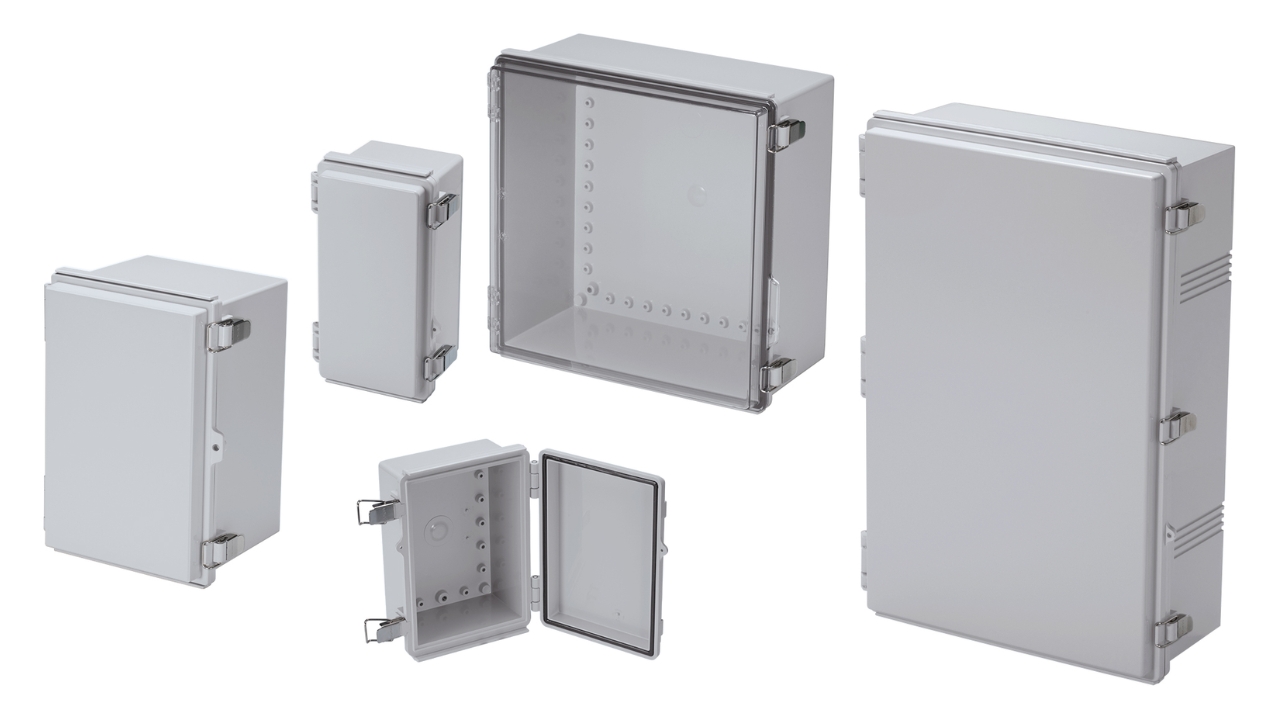
NEMA 4X enclosures don’t have explosion proof capabilities. These enclosures only offer protection against dust, corrosion, and moisture. If you need an explosion-proof enclosure, NEMA 7 is a suitable choice, and you can work with a reliable manufacturer to achieve the desired results. This enclosure has the ability to contain internal explosions and as such, are ideal for use in hazardous areas.



